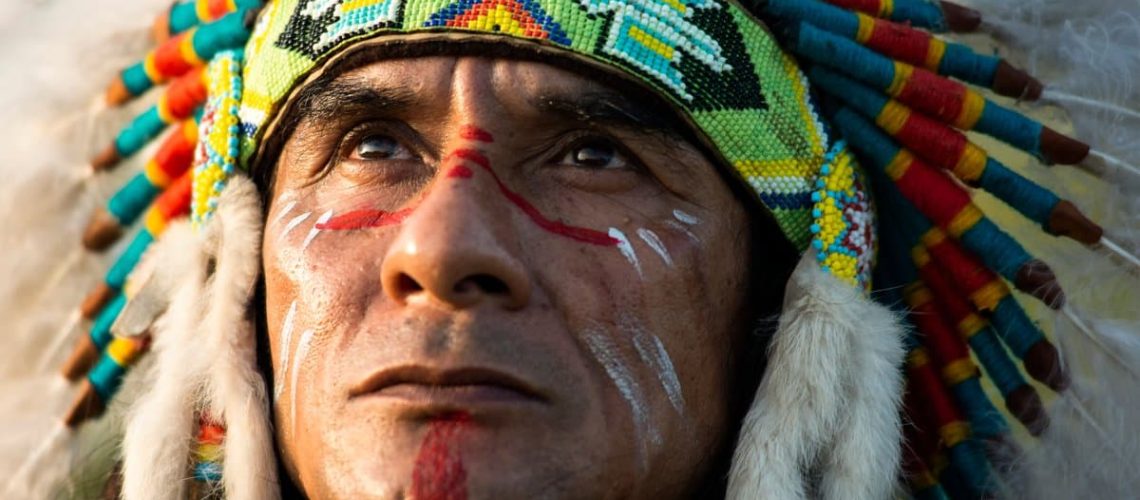You’ve seen them at music festivals, on Instagram feeds, and strutting down fashion runways. But when does borrowing from a culture become theft? Are we honoring traditions or exploiting them for style points and social media likes?
1. Yoga and Mindfulness Practices

Madonna and Gwyneth Paltrow turned yoga into a high-end fitness trend, often sidelining its sacred roots in Hindu and Buddhist practices. The result? A spiritual discipline turned into a commodity for affluent lifestyles.
2. Native American Headdresses

Pharrell Williams wearing a headdress on the cover of Elle UK sparked backlash, exemplifying how sacred items are reduced to fashion statements, stripping them of their intended honor and significance.
3. African American Vernacular English (AAVE)

When Ariana Grande or Kim Kardashian use AAVE, they’re trendy and viral. Yet, when Black communities use it, they face prejudice, showcasing a glaring cultural double standard.
4. Dreadlocks
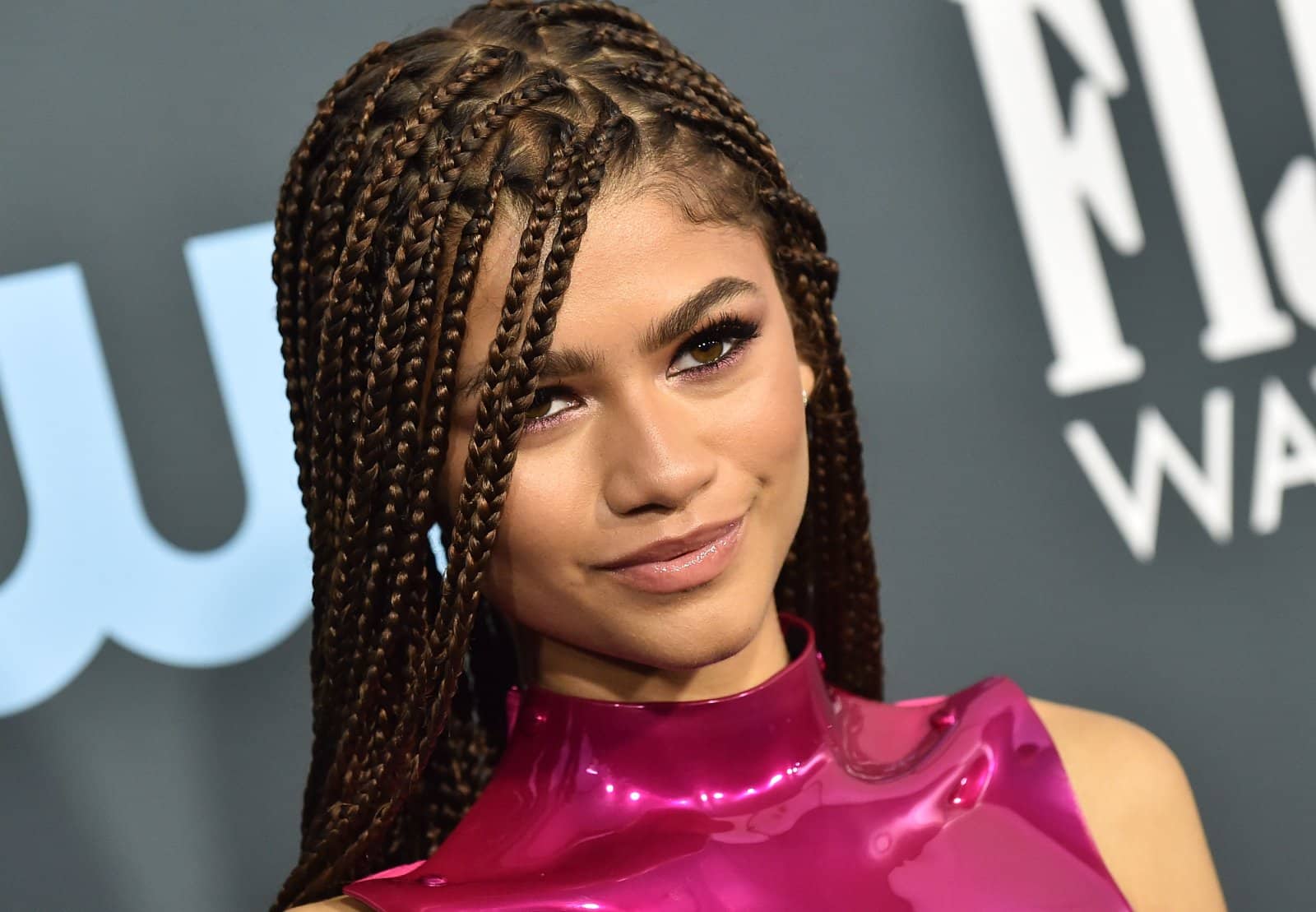
Zendaya faced racist comments about her dreadlocks at an awards show, whereas Kylie Jenner’s similar style was praised in fashion magazines. This contrast in reception highlights cultural double standards and appropriation.
5. Traditional Tattoos
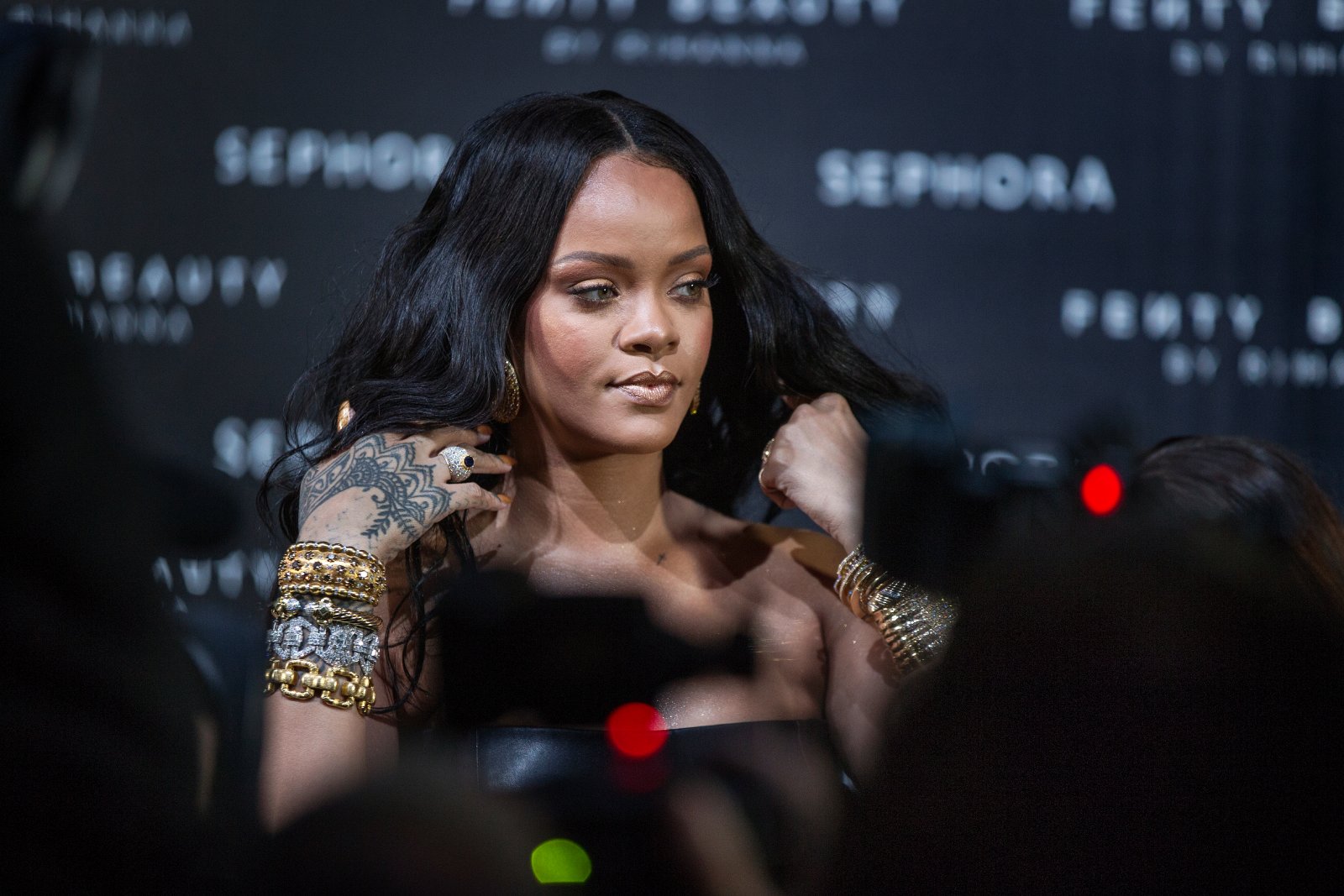
Rihanna’s Polynesian tattoo sparked debates about cultural appropriation. These tattoos have deep meanings related to heritage and personal achievements within Polynesian culture, often overlooked when adopted by outsiders.
6. Sushi and Ramen
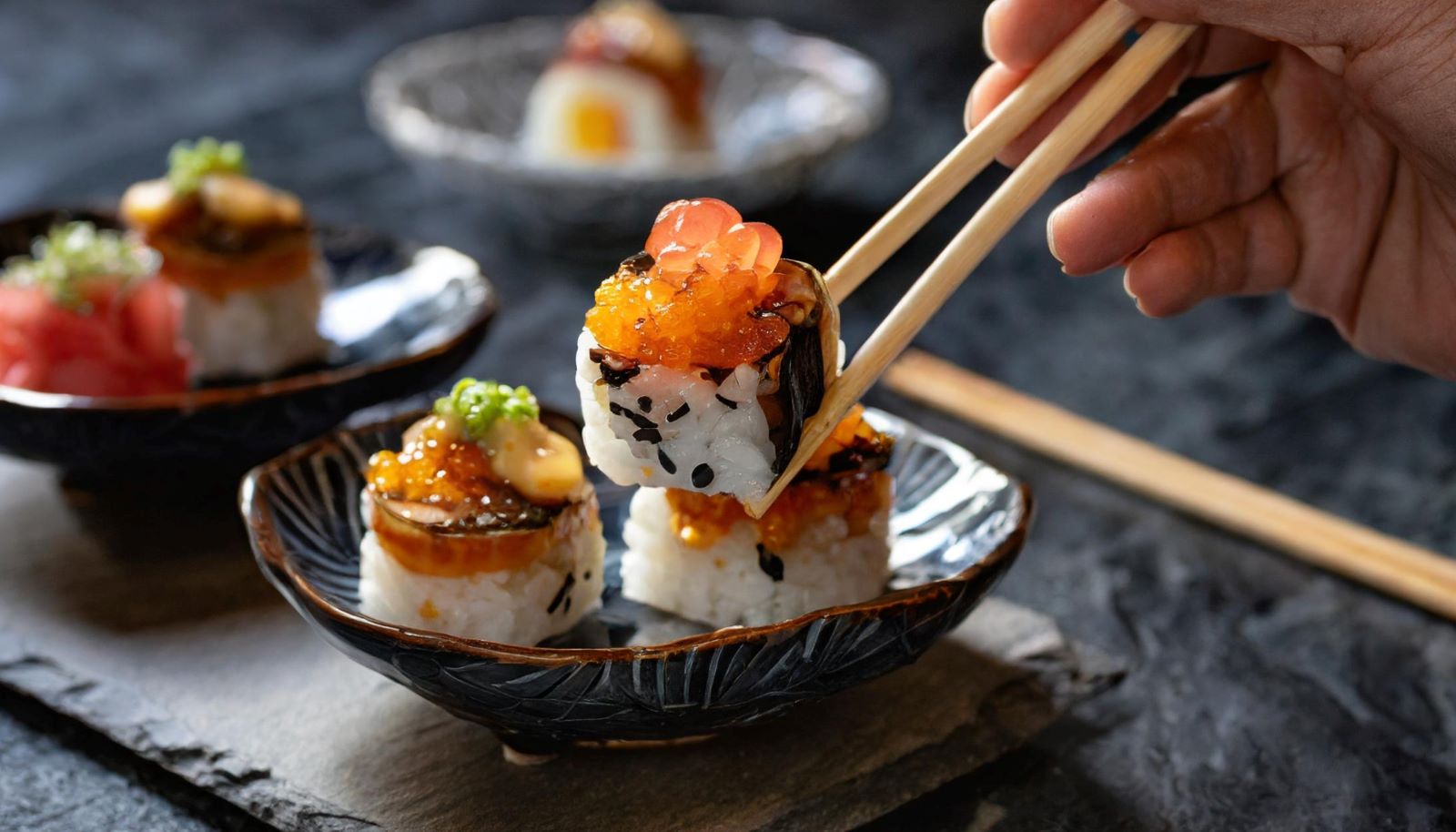
Sushi and ramen have been embraced worldwide, often morphed into quick, cheap eats that ignore the artful precision required in traditional Japanese preparation, diluting a rich culinary heritage into fast food culture.
7. Bindis

When celebrities like Selena Gomez sport bindis at Coachella, it turns a religious and cultural symbol into a mere fashion accessory, often criticized by South Asian communities for trivializing their culture.
8. Mexican Day of the Dead
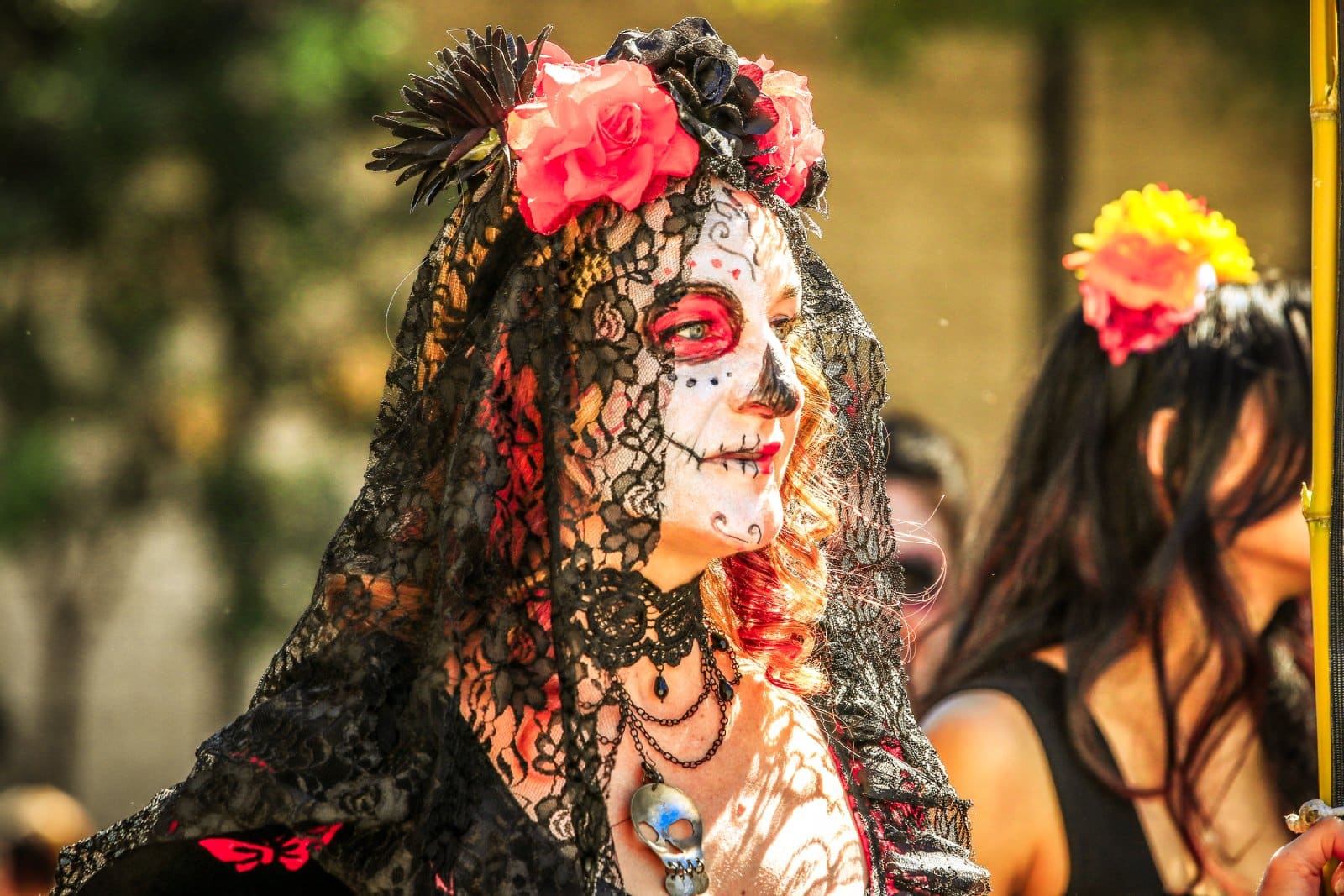
The commercialization of Día de los Muertos through mainstream movies and Halloween costumes often overlooks the holiday’s profound significance in honoring deceased loved ones in Mexican culture.
9. African Prints and Fabrics
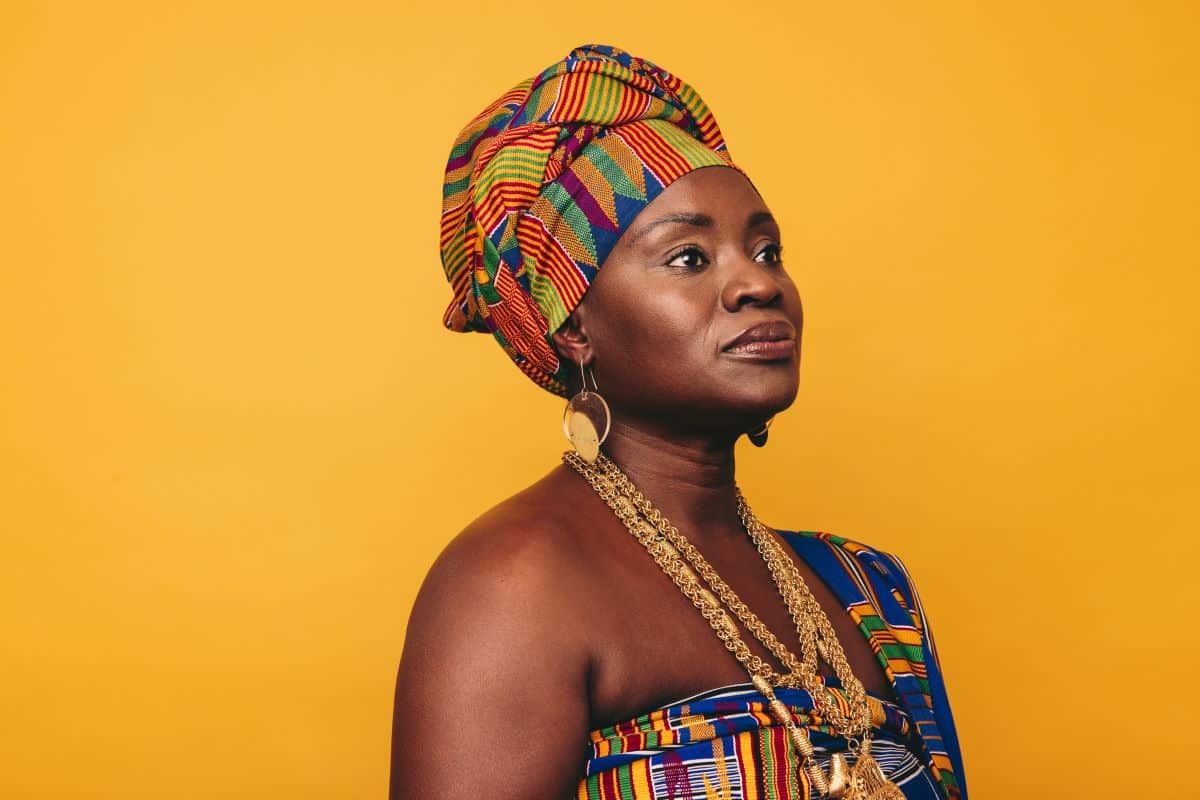
When designers like Stella McCartney use African prints without acknowledging their origins or context, it raises questions about whether they’re celebrating or exploiting the cultures they draw from.
10. Hip Hop and Rap

Cultural appropriation in hip hop and rap is rife, with artists like Post Malone gaining fame through genres deeply rooted in African American struggles and history, often without acknowledging these roots.
11. Reggae Music
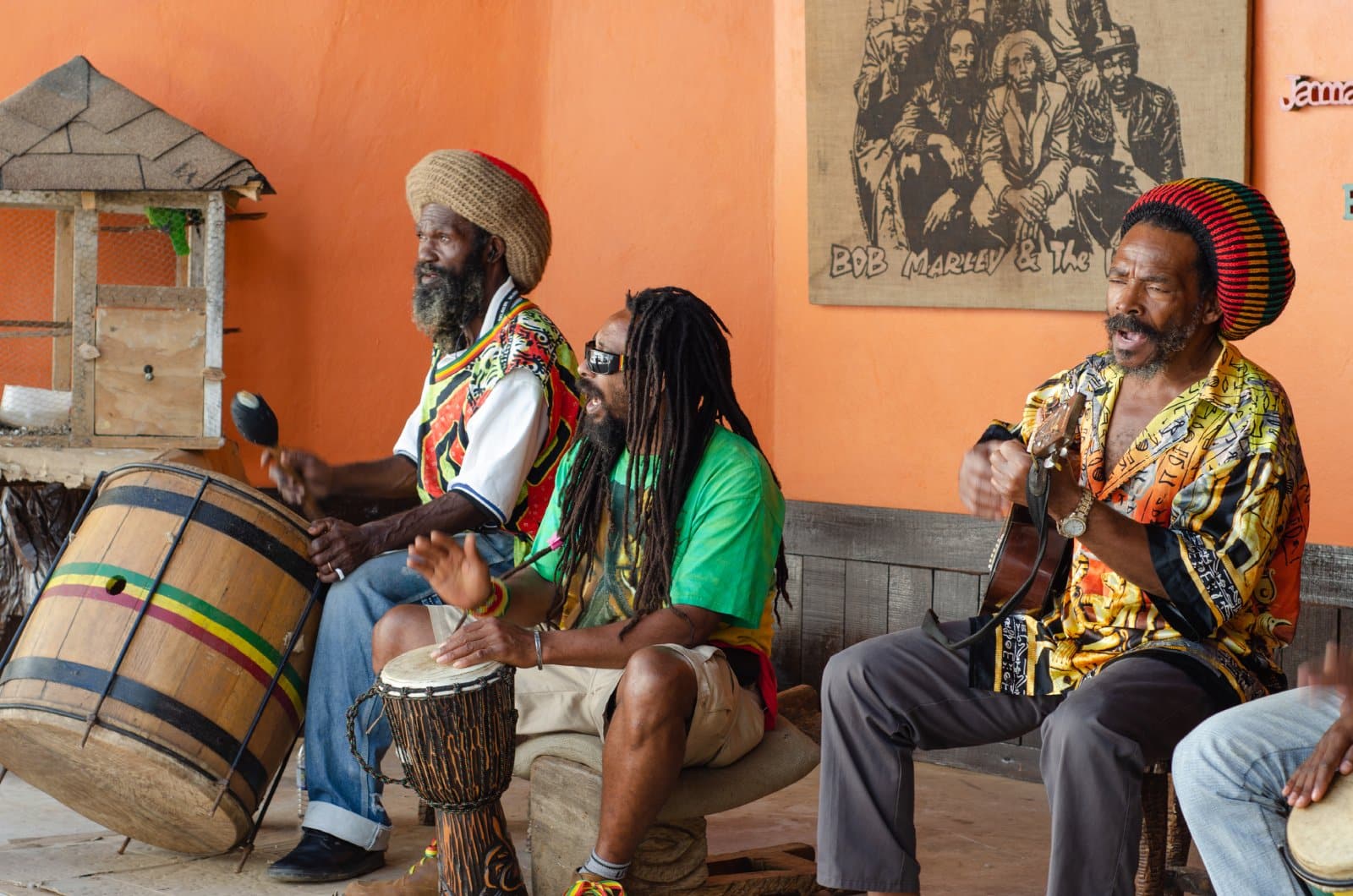
Reggae music originated from the Rastafarian culture of Jamaica and has been widely commercialized by artists who adopt Rasta symbolic elements without true ties to the culture, as seen with artists like Snow in the ’90s.
12. Henna
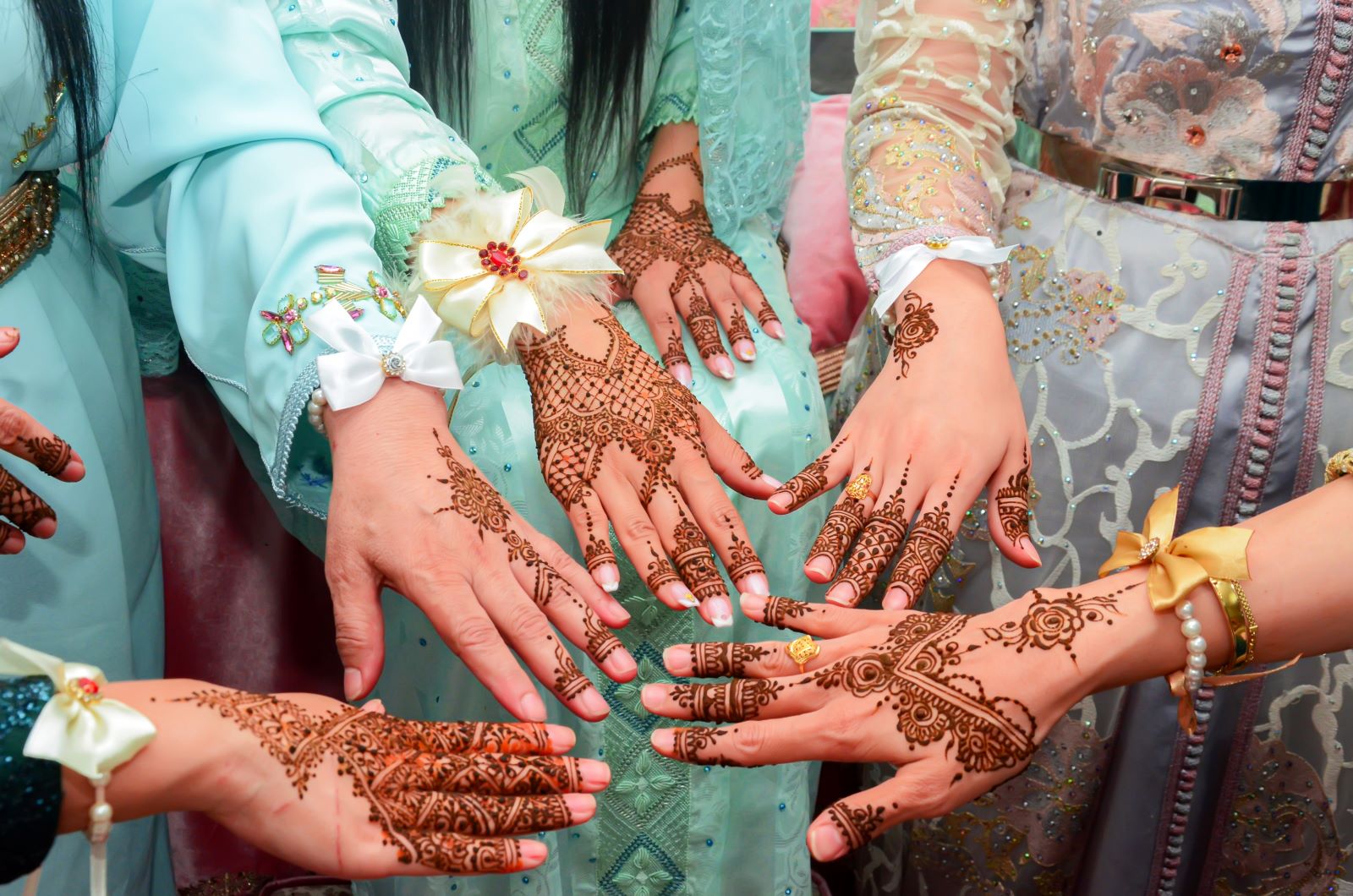
Used in traditional ceremonies in South Asian and Middle Eastern cultures, henna has been co-opted by the West as exotic body art at music festivals, often stripped of its cultural significance.
13. Cornrows
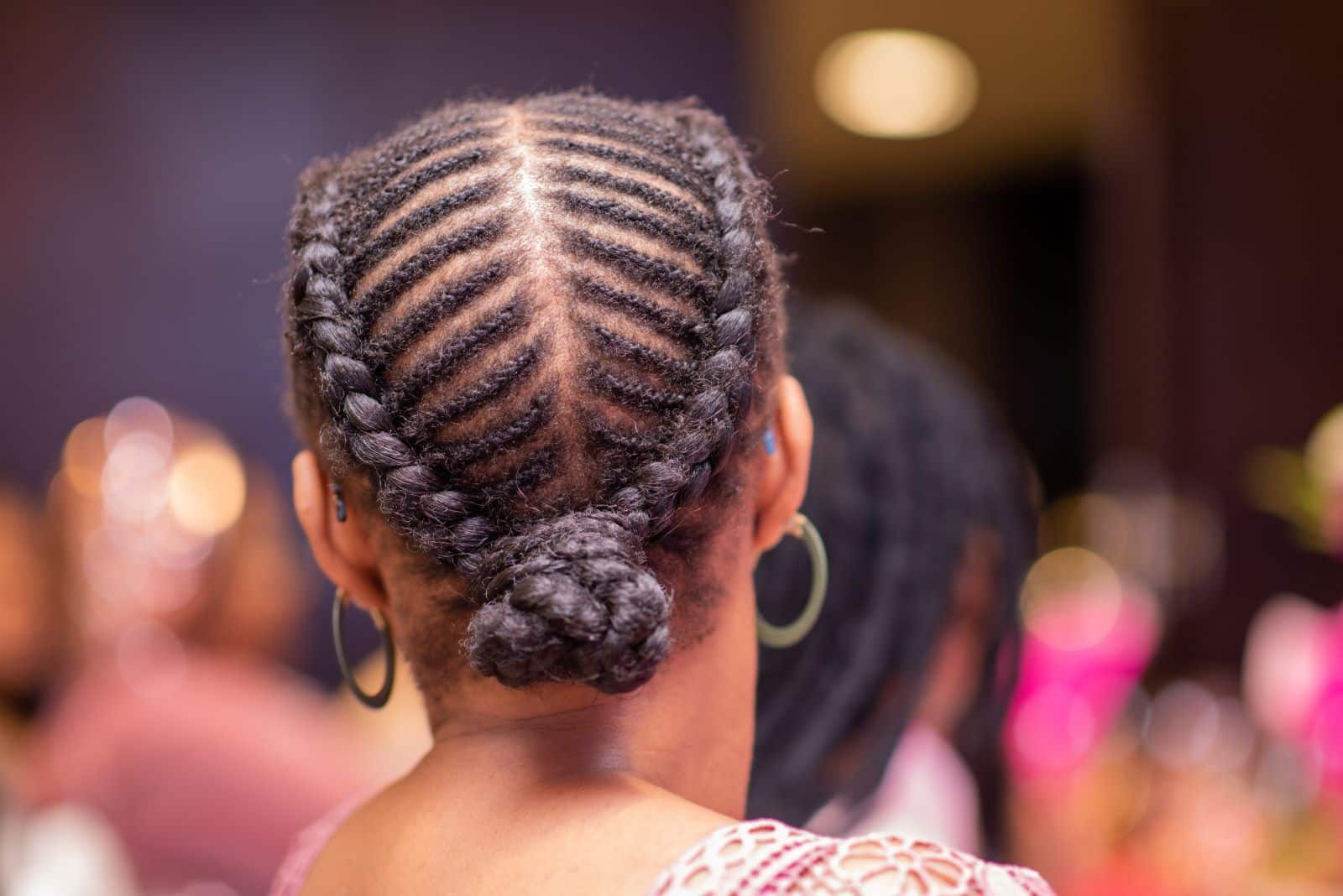
Cornrows, a traditional African hairstyle, have been labeled as “boxer braids” when worn by celebrities like Kim Kardashian, illustrating a lack of understanding and respect for the hairstyle’s cultural importance.
14. Tiki Bars
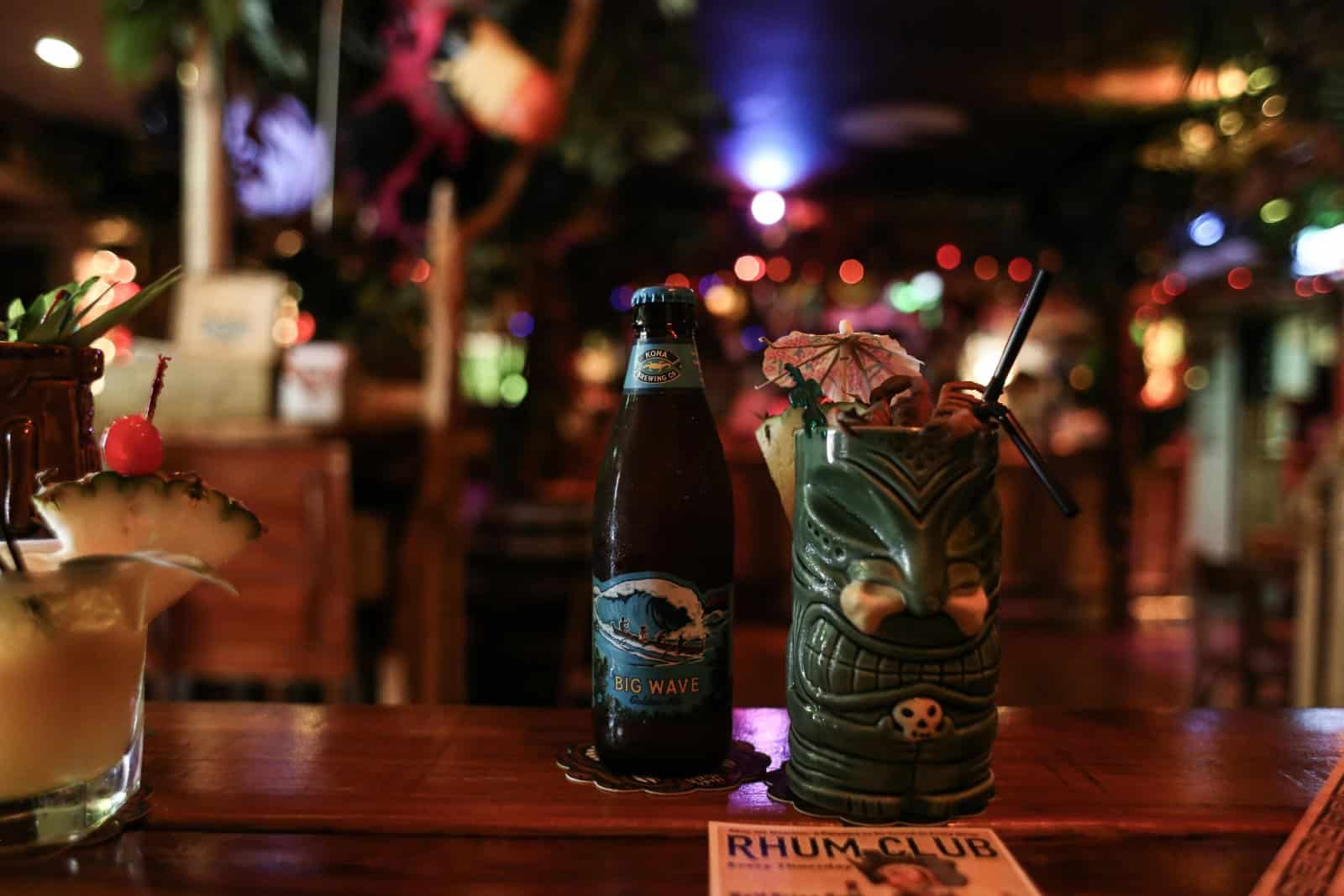
Tiki bars use Polynesian-inspired themes and aesthetics to create an exotic ambiance for Western consumers, often reducing rich cultures to mere décor and drink names.
15. Bollywood Dance
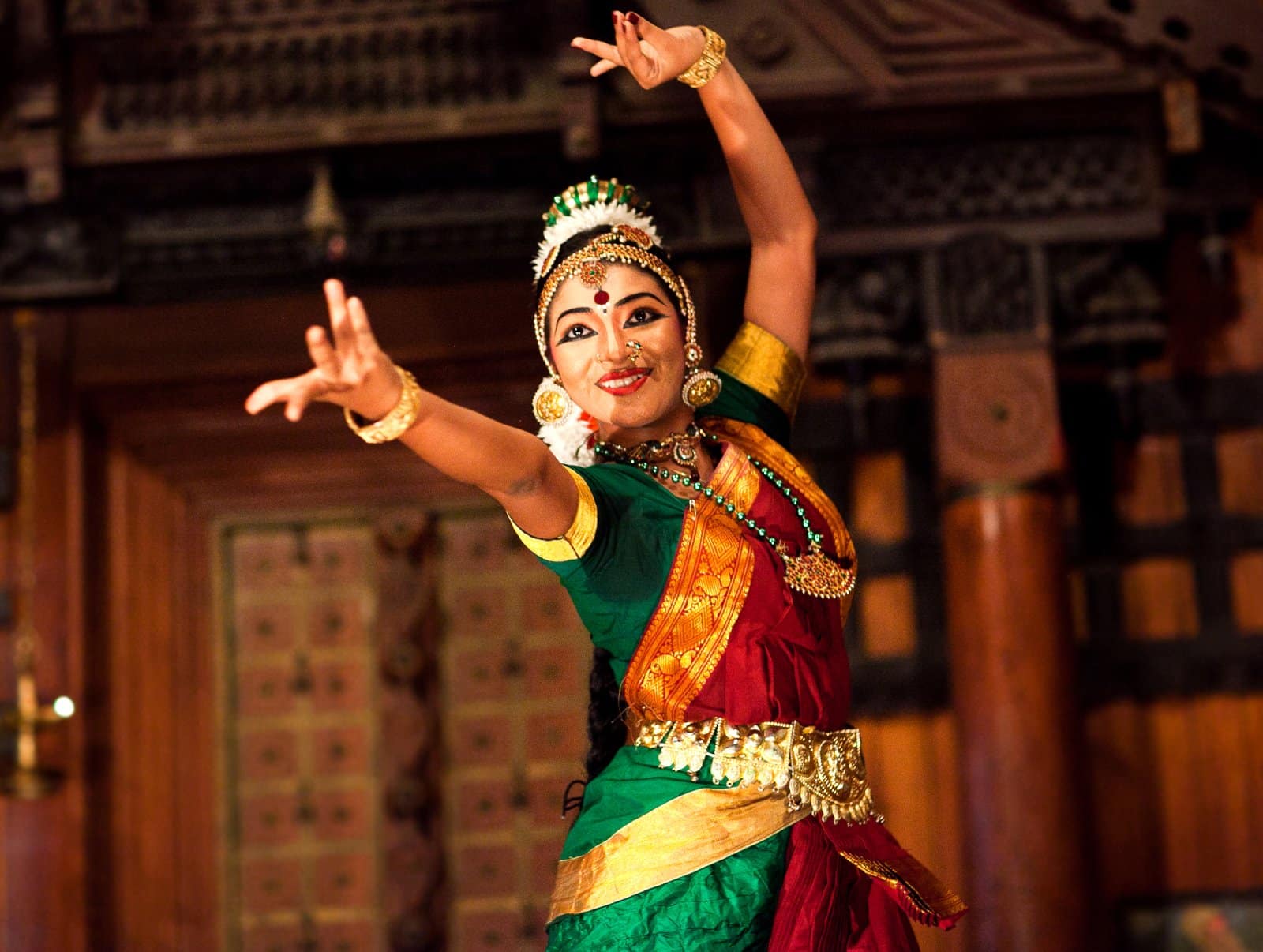
Bollywood dance classes and flash mobs can sometimes reduce a complex, diverse cinematic tradition to mere spectacle, frequently overlooking the dance form’s cultural storytelling and significance.
16. Capoeira
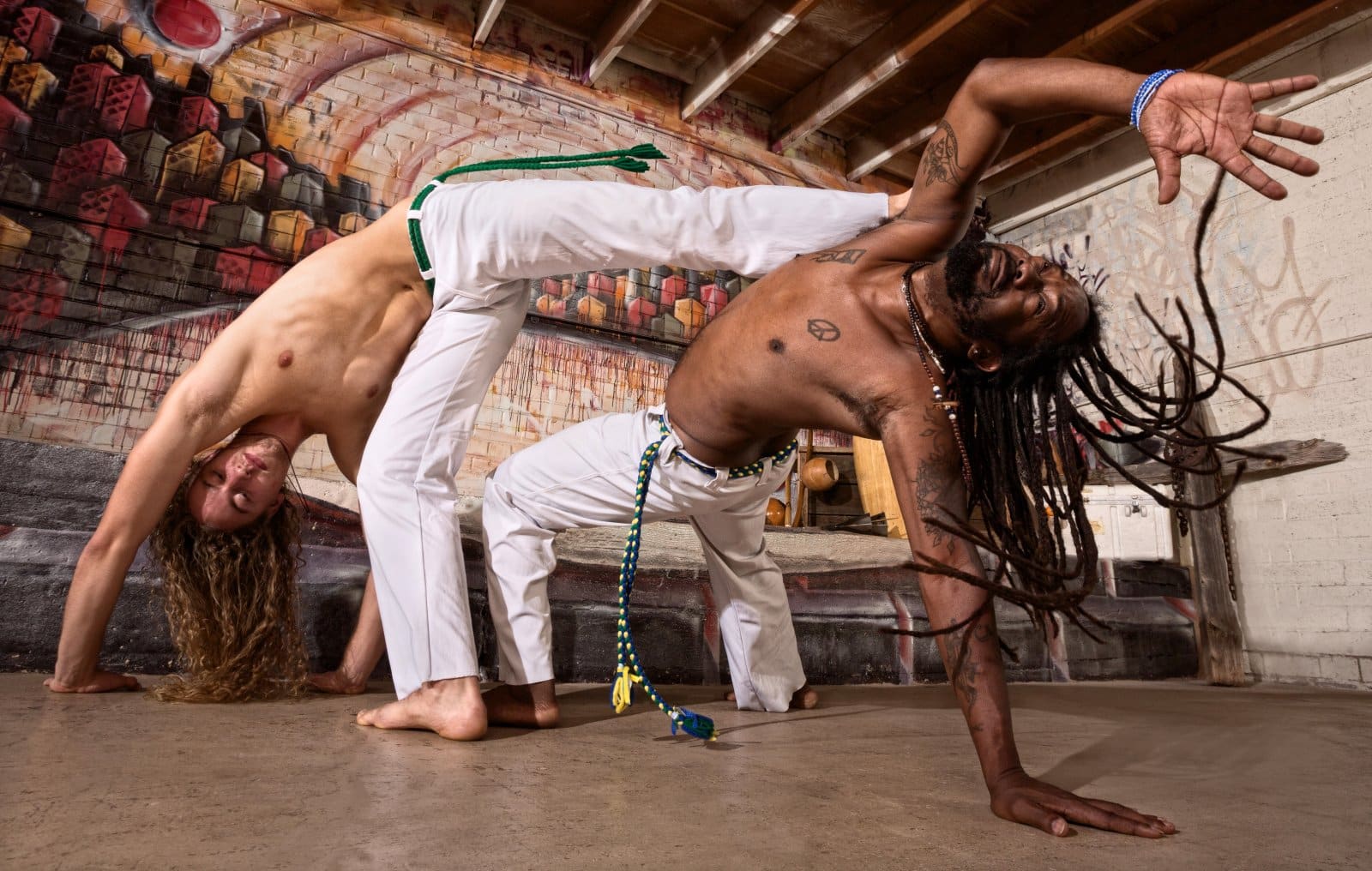
Capoeira, a Brazilian martial art with African roots, is often taught and performed without acknowledgment of its historical context of resistance and survival among enslaved Africans in Brazil.
17. Kente Cloth
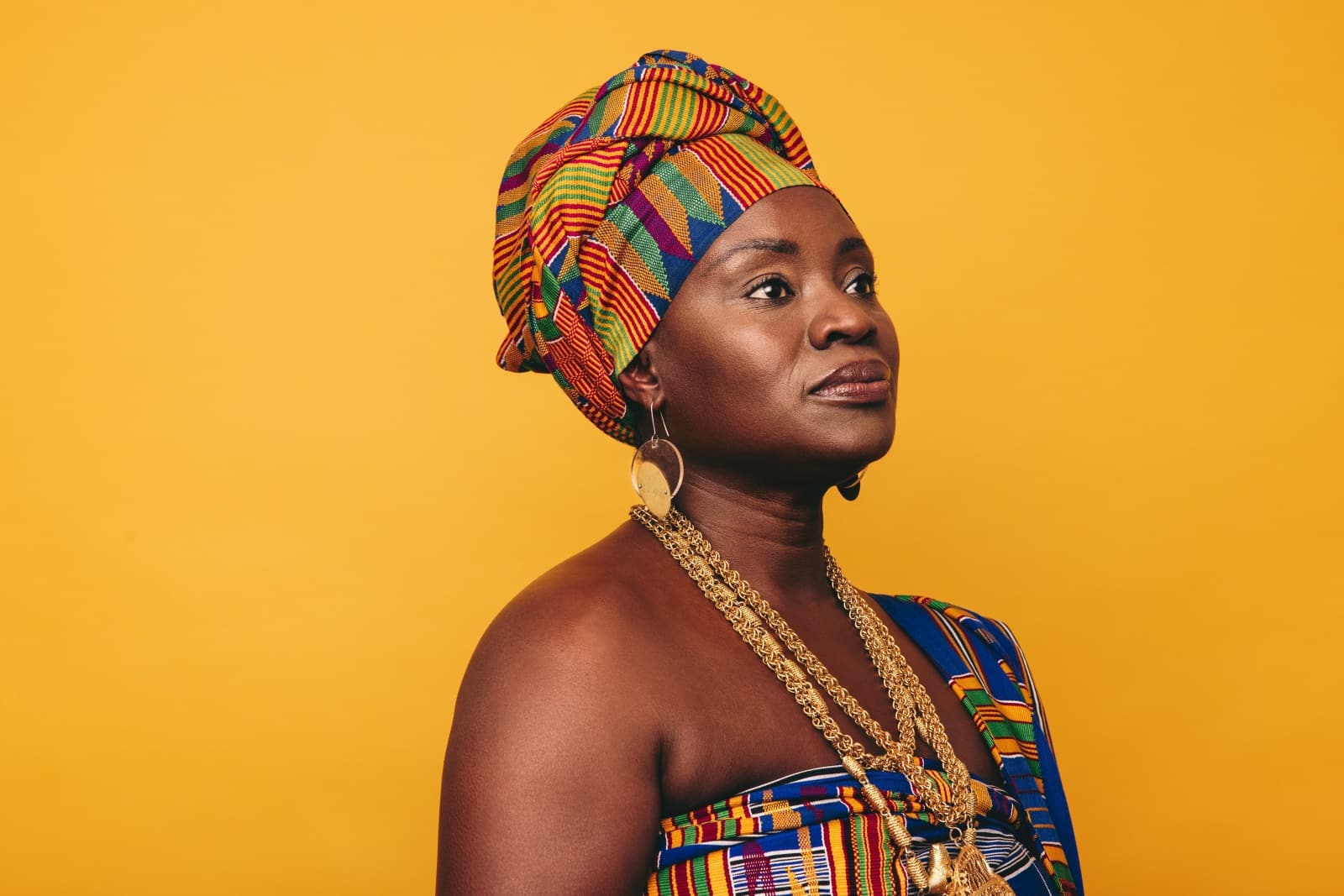
When public figures wear kente cloth stoles without understanding or respecting their Ghanaian origins and what they symbolize, it can turn a deeply meaningful garment into a simple fashion statement.
18. Spirit Animals
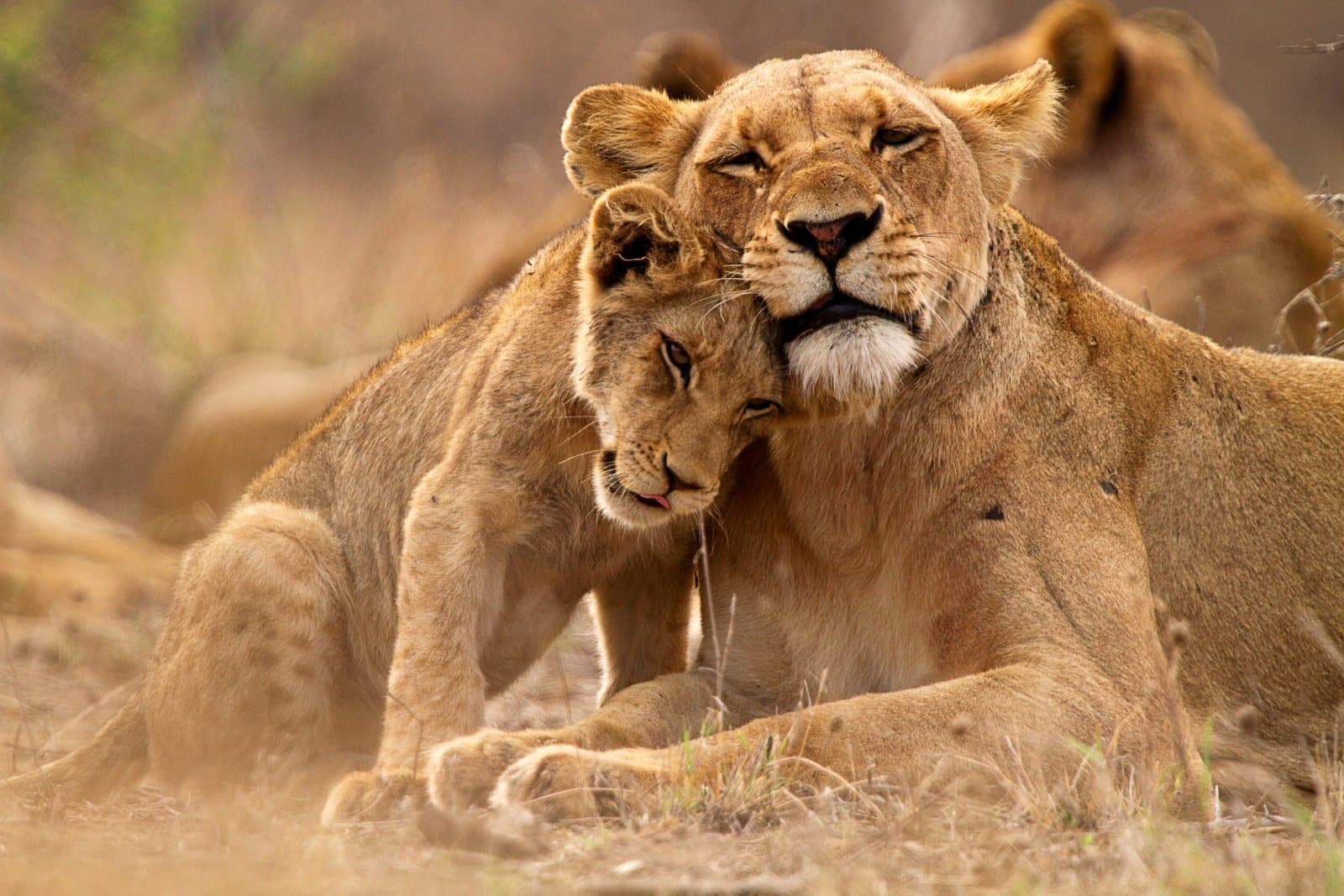
The term “spirit animal” is used flippantly in pop culture, yet for many Indigenous peoples, it holds significant spiritual importance and is not meant to be trivialized as a meme or casual reference.
19. Turbans
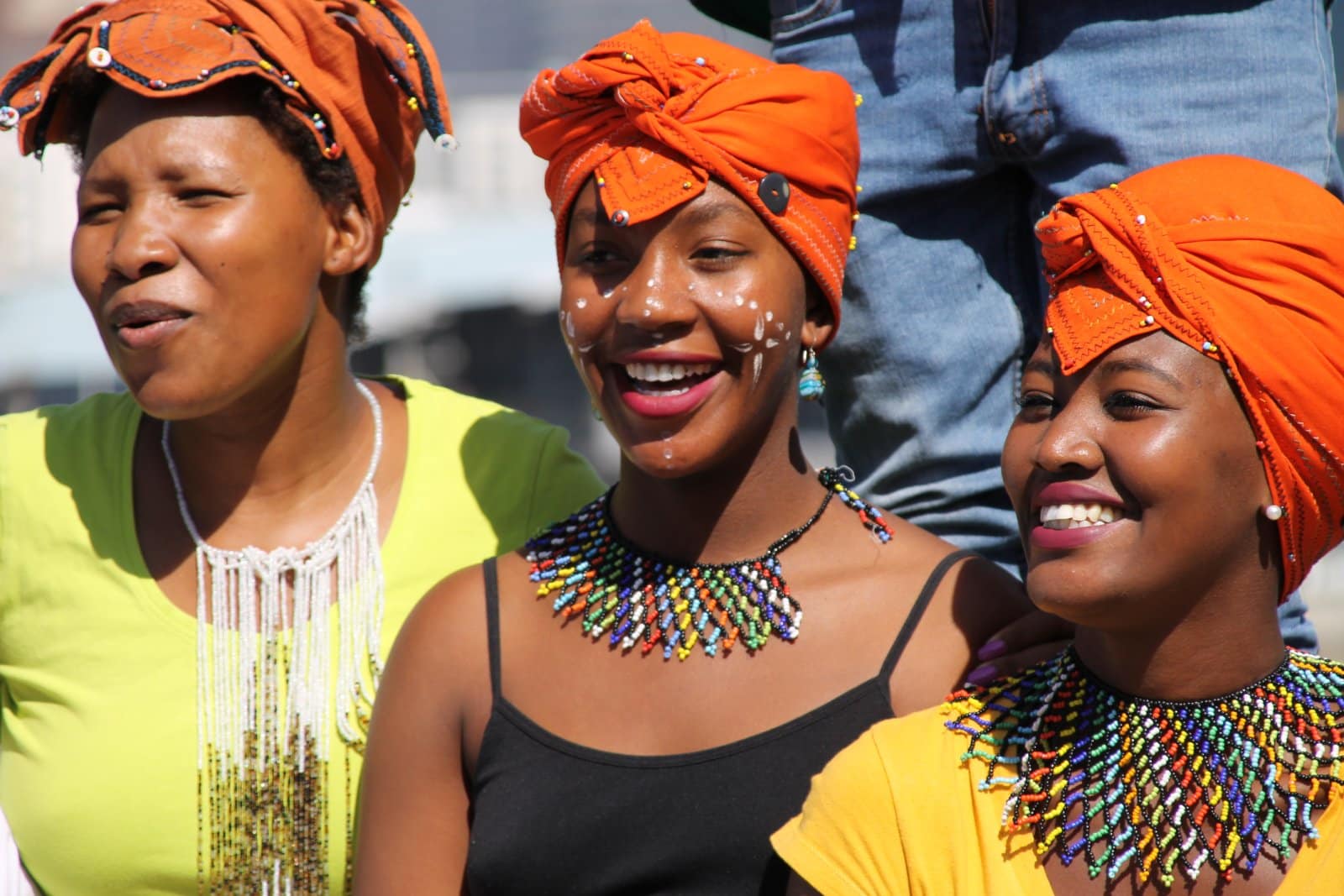
When fashion brands like Gucci send white models down the runway in turbans, it ignites concerns about cultural insensitivity, especially considering the religious significance of turbans in Sikhism.
20. Samurai Imagery
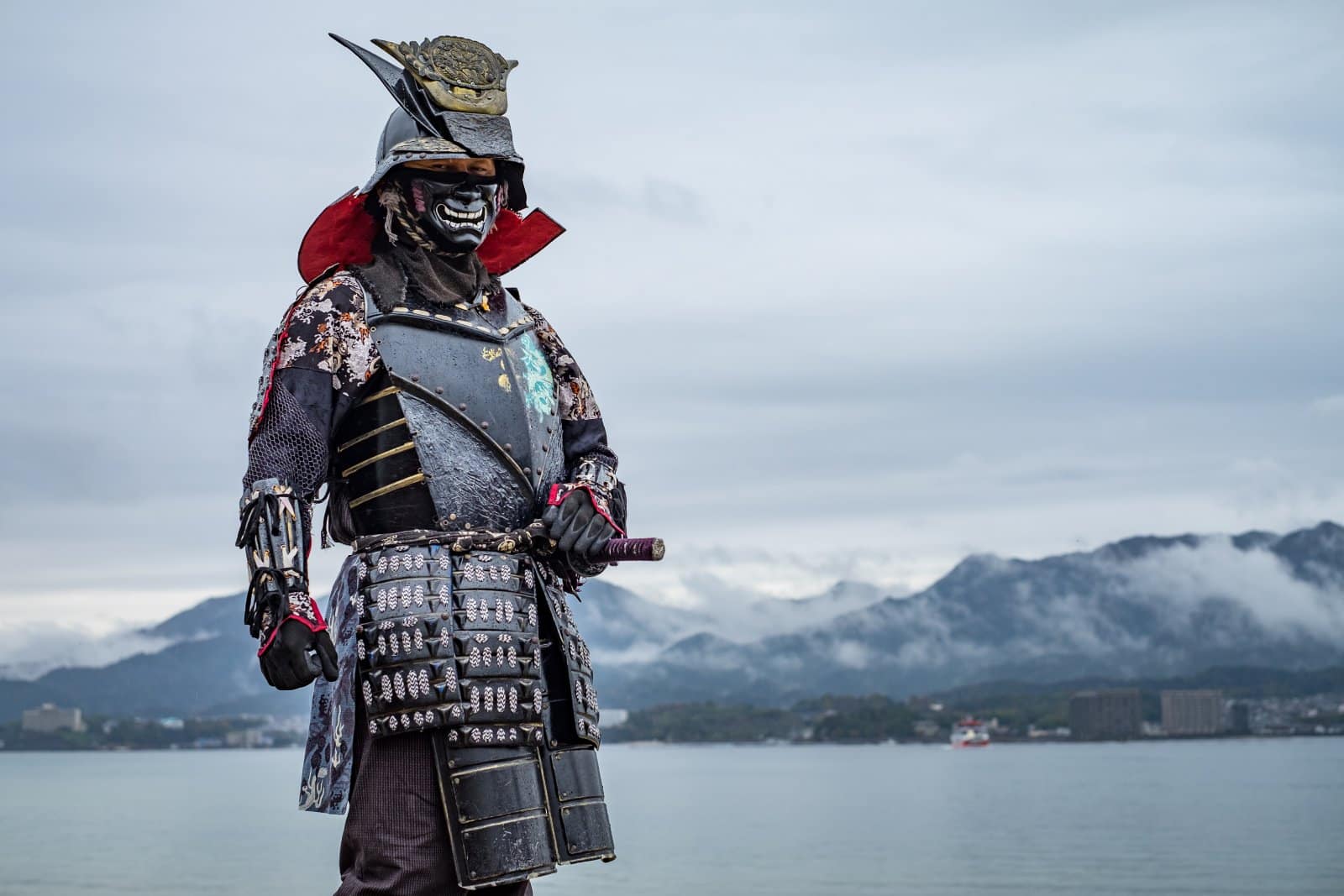
The use of samurai imagery in Western media often strips away the historical and ethical dimensions of the samurai, turning a complex figure into a mere exotic caricature.
21. The Harlem Shake
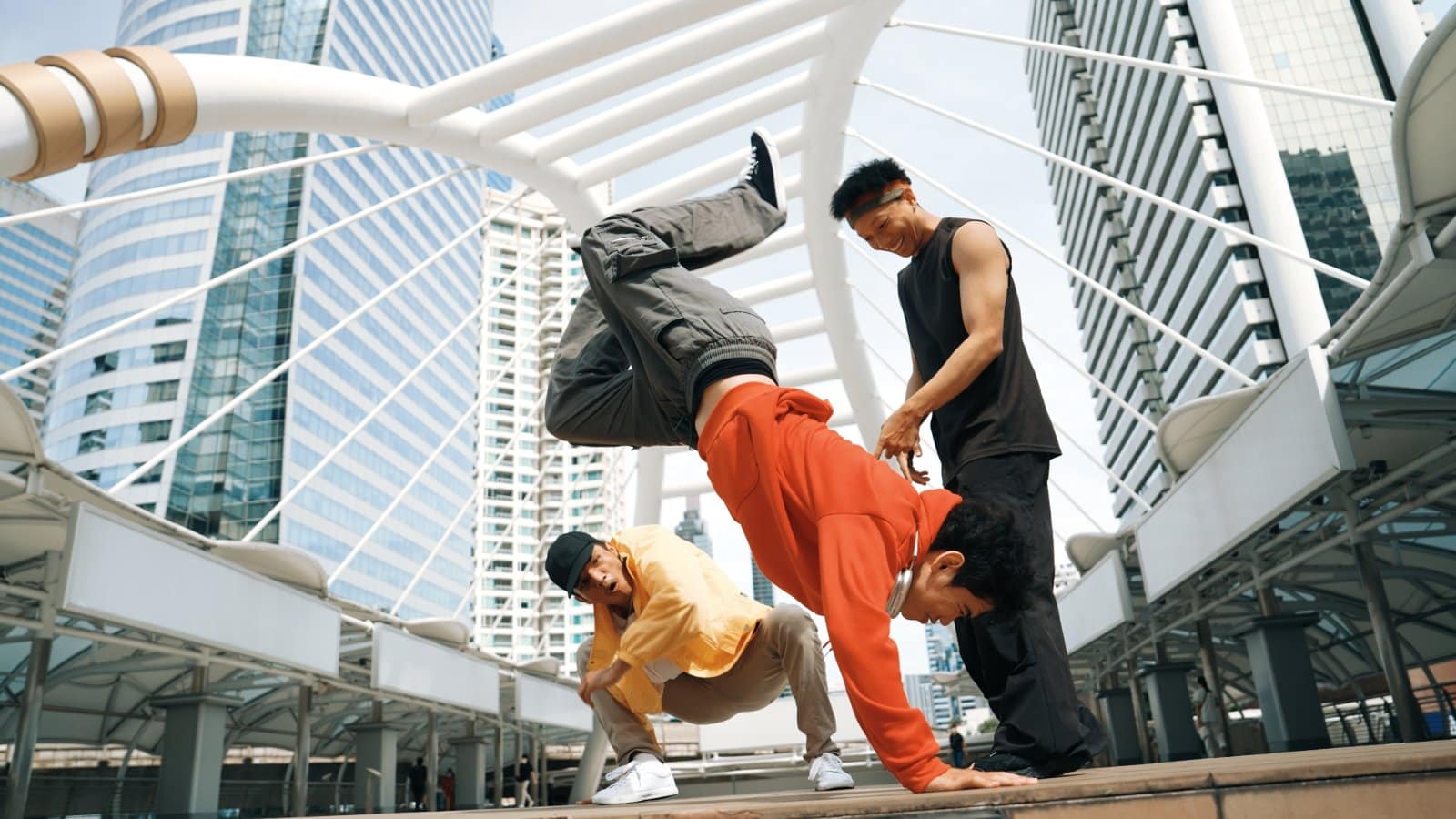
The original Harlem Shake dance, a product of the historically Black neighborhood in New York City, was overshadowed by the viral internet meme, which bore little resemblance to the authentic dance style.
22. Chopsticks as Hair Accessories
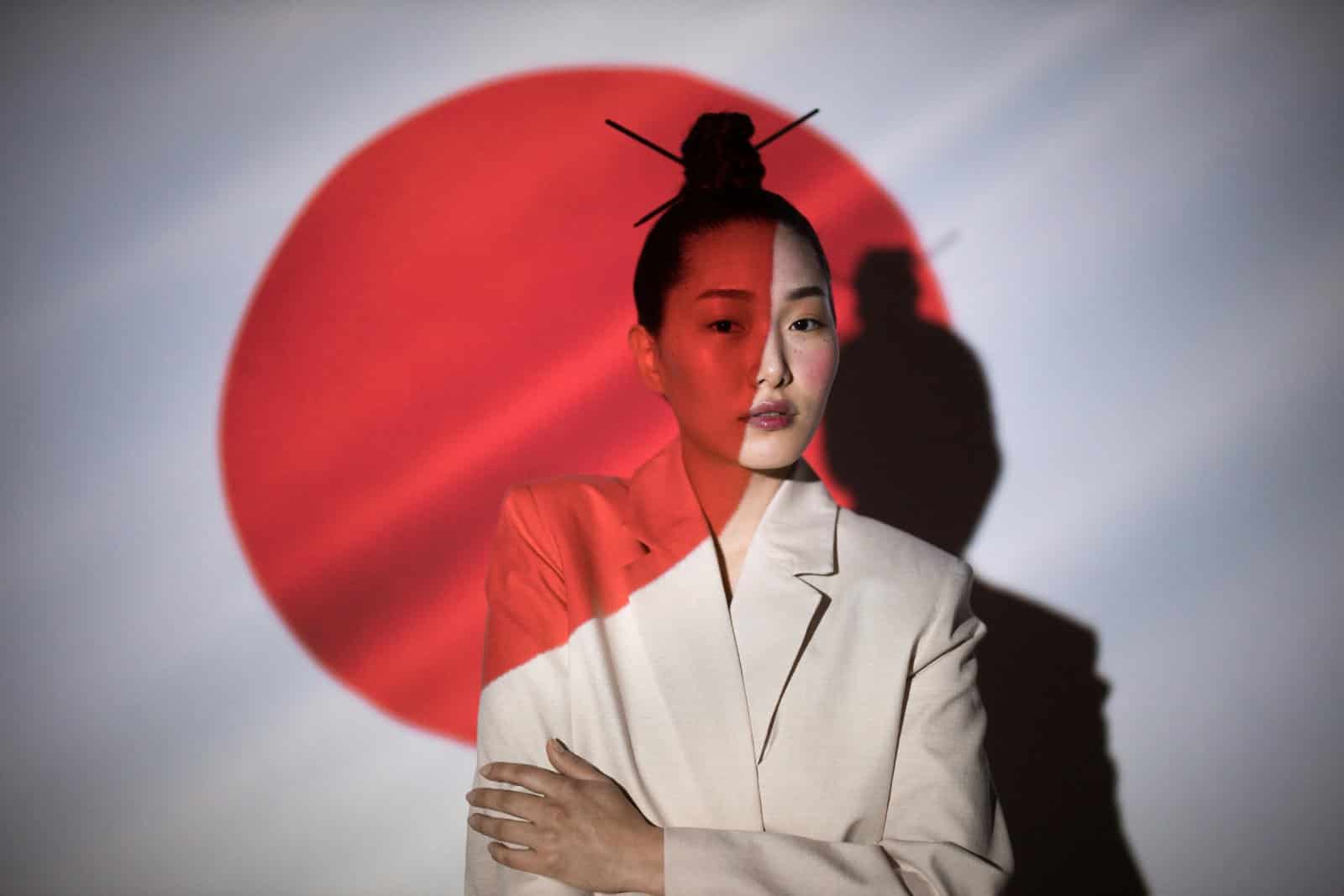
Using chopsticks as hair accessories trivializes an everyday tool essential to many Asian cultures’ dining practices, turning them into exotic novelties for Western consumers.
23. Street Food

The Western co-opting of street food from cultures around the globe often ignores the economic and social realities of the vendors who rely on these foods for their livelihood.
24. Feathers in Fashion

Feathers, particularly those used in Native American ceremonies, are often used in high fashion without any real understanding of their sacred significance, turning them into mere aesthetic elements.
25. Gypsy Fashion
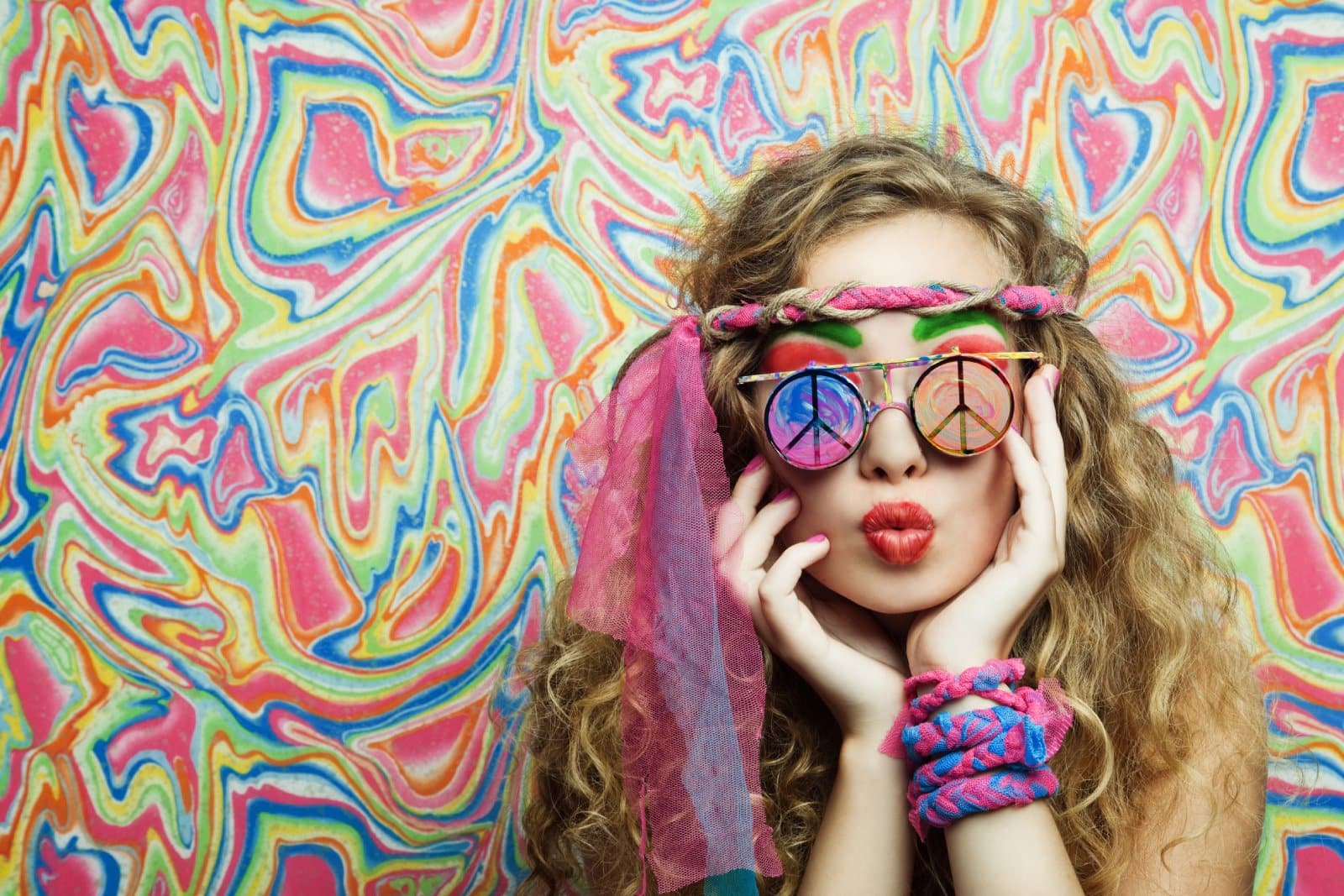
The term “gypsy” itself is pejorative, yet it’s commonly used in fashion to describe a free-spirited style, overlooking the historical persecution and ongoing struggles of the Romani people.
Appreciation or Appropriation?

As we navigate global cultures through fashion, food, and music, it’s crucial to ask: Are we appreciating… or appropriating? Each of these examples prompts us to consider the origins and meanings of cultural expressions and to engage with them respectfully. Let’s aim to be conscientious global citizens who honor rather than exploit the cultures we admire.
21 Ignorant Lies About Americans the Rest of the World Claims Are True
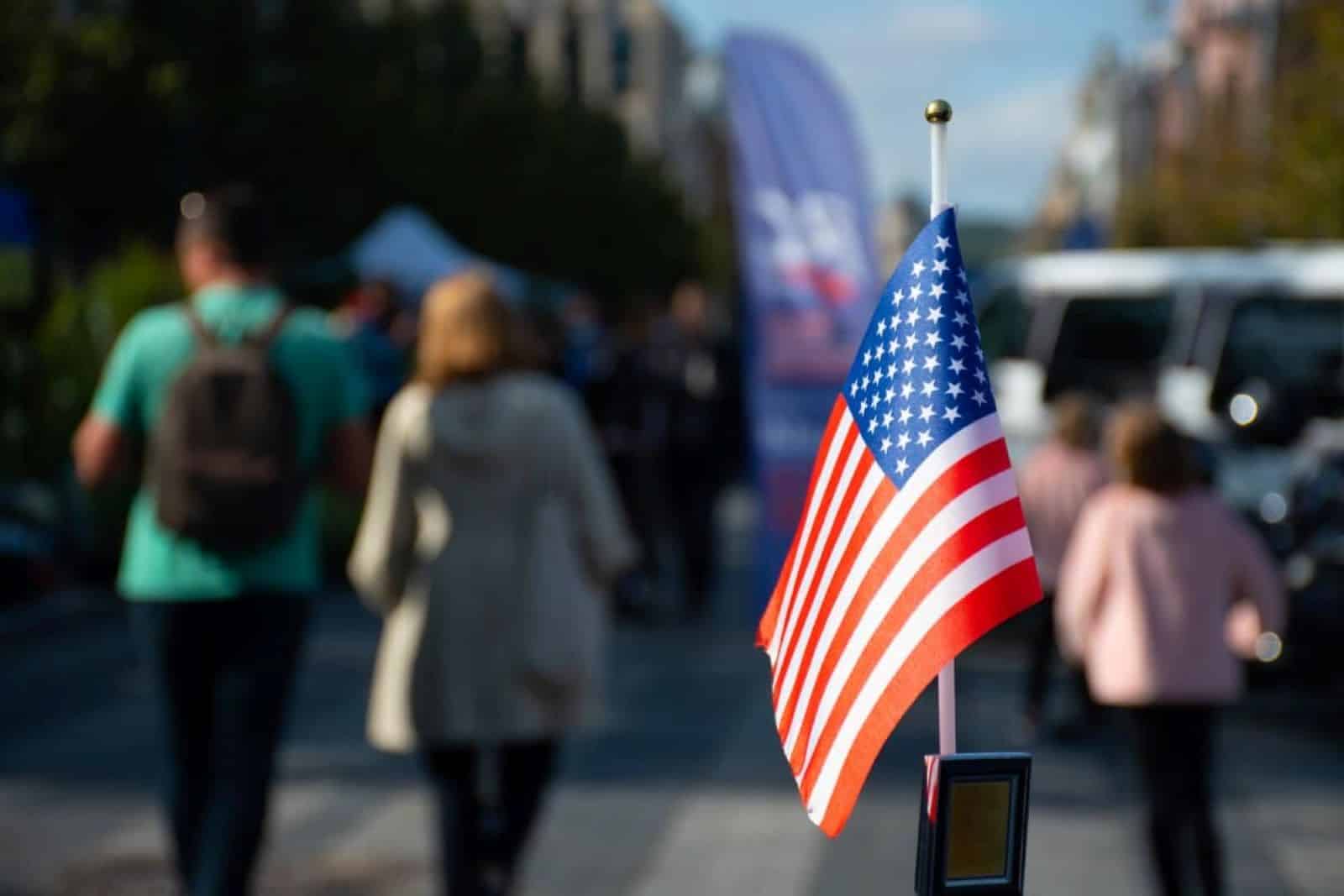
Americans are often the subject of wild assumptions and exaggerated stereotypes. Are these misconceptions affecting how the world views the average American? 21 Ignorant Lies About Americans the Rest of the World Claims Are True
Flawed Gender Tests: Olympic Committee Sends Plea to Boxing Officials
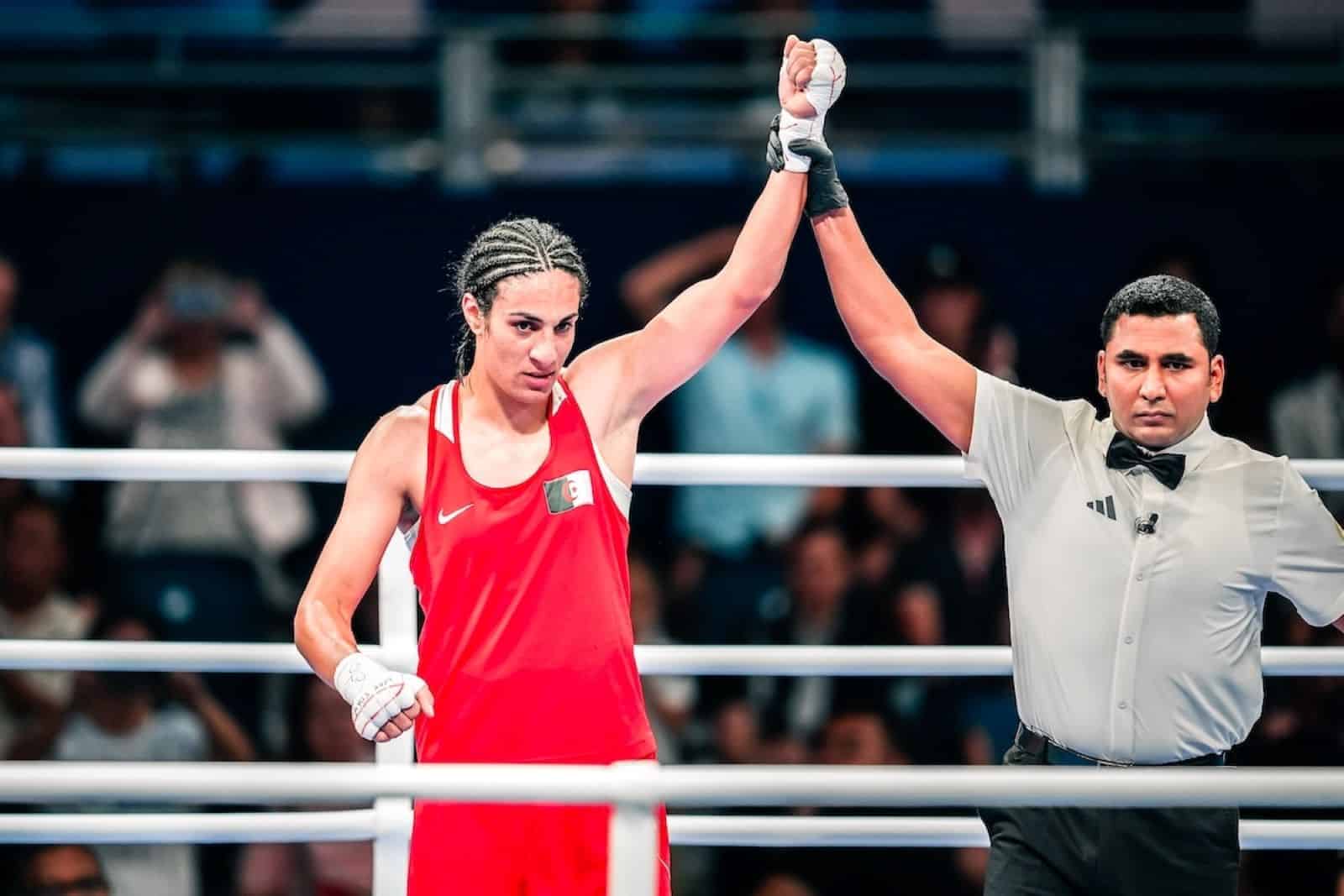
The International Olympic Committee has declared old boxing gender tests as flawed and illegitimate. This has arisen amid discussions regarding gender in Olympic female boxing matches. Flawed Gender Tests: Olympic Committee Sends Plea to Boxing Officials
Social Security Sham: 18 States Slashing Benefits

When you think about retiring, you might picture relaxing and traveling during your golden years. Social Security benefits help with this, but taxes can change depending on where you live. In some states, you might end up paying more taxes on your benefits. Let’s check out the 18 states where retirees face higher taxes on their Social Security benefits. It’s important to know so you can plan ahead and make the most of your retirement savings. Social Security Sham: 18 States Slashing Benefits
Featured Image Credit: Shutterstock / Tanison Pachtanom.
For transparency, this content was partly developed with AI assistance and carefully curated by an experienced editor to be informative and ensure accuracy.
The images used are for illustrative purposes only and may not represent the actual people or places mentioned in the article.

